SLIIT BBA (Special) Business Law: Negligence in Business
VerifiedAdded on 2020/12/29
|24
|1567
|134
Report
AI Summary
This report provides a comprehensive overview of negligence within the context of business law, specifically focusing on the principles of tort law (or delict law in Roman Dutch law). It defines negligence as conduct falling short of the required standard of care and explores its implications in both criminal and civil contexts. The report distinguishes between contractual and delictual obligations, outlining the key differences in their origins and scope. It details the four requirements for an action in tort: duty, breach, causation, and damages. The report then highlights various types of damages and important torts in business, such as passing-off, injurious falsehood, conspiracy, inducing breach of contract, and intimidation. It also examines the landmark case of Donoghue v Stevenson, which established the 'neighbour principle' and the duty of care owed by manufacturers. The report further discusses the concept of duty of care, including the objective test and the application of this concept in professional negligence, using the case of Professor Priyani Soysa v. Rienzie Arsecularatne to illustrate the complexities of professional liability. Finally, the report touches upon white-collar and corporate crimes, particularly fraud, emphasizing the potential for actions in tort of negligence against officers who breach their duty of care.
1 out of 24
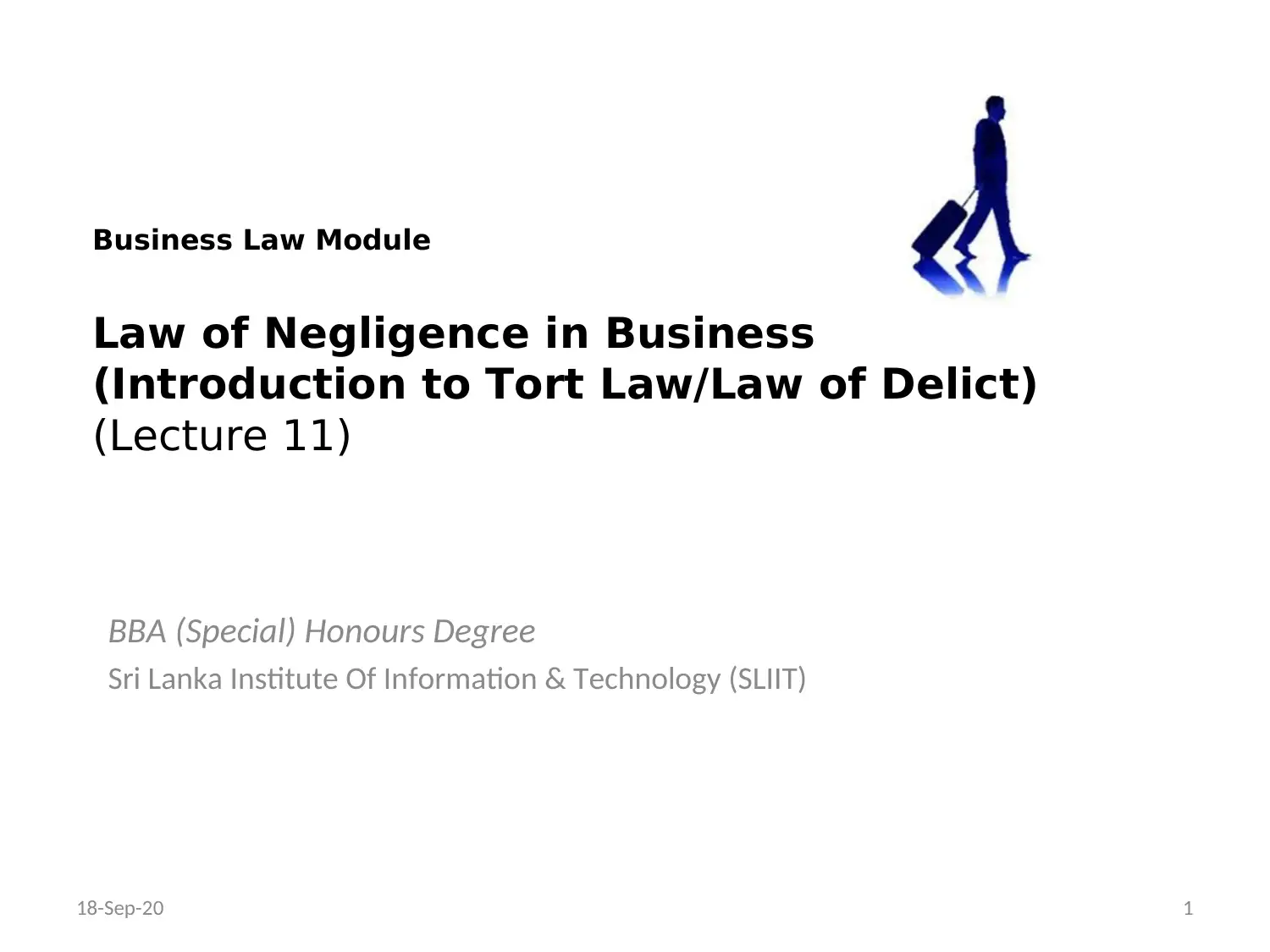
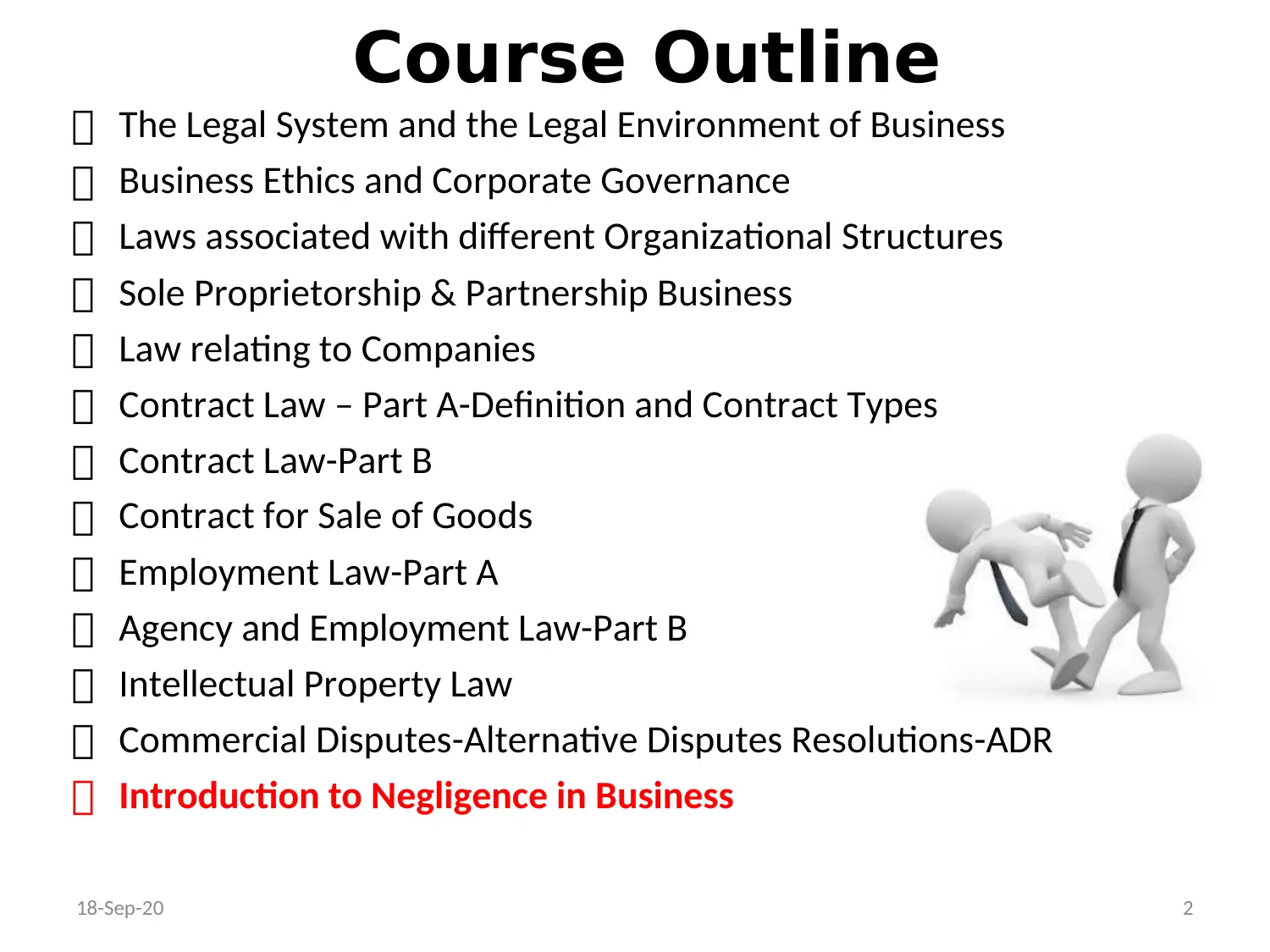
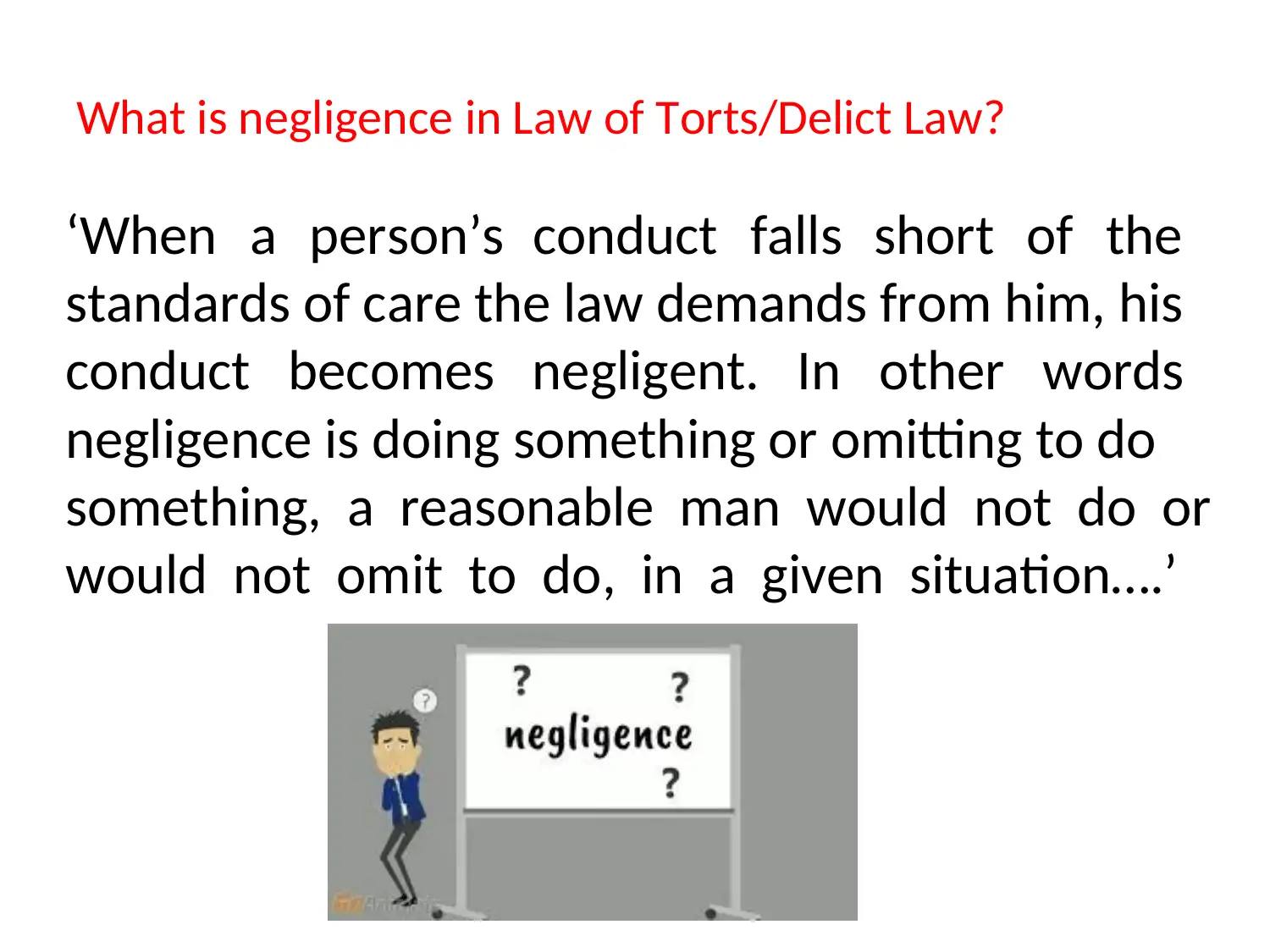

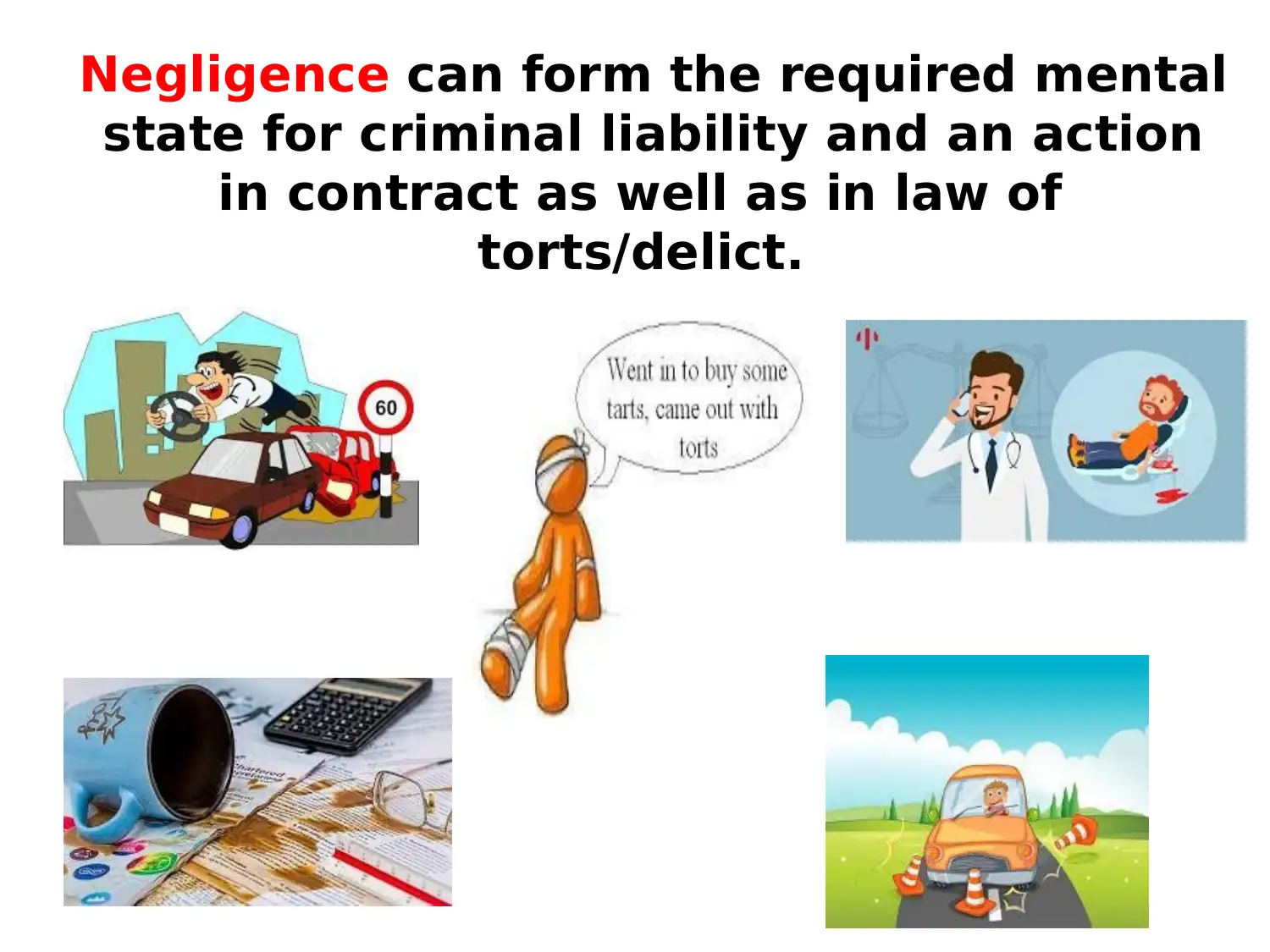
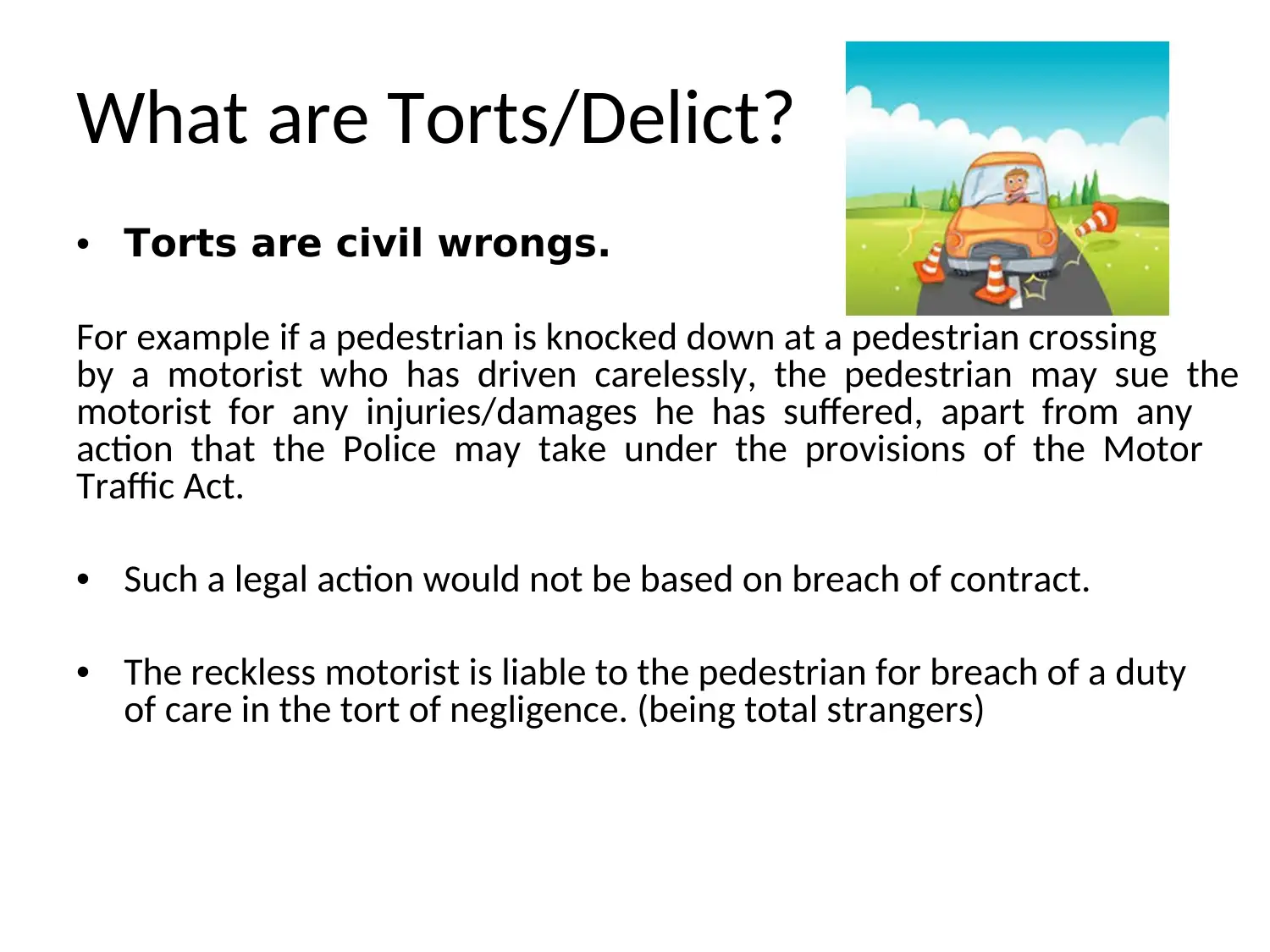
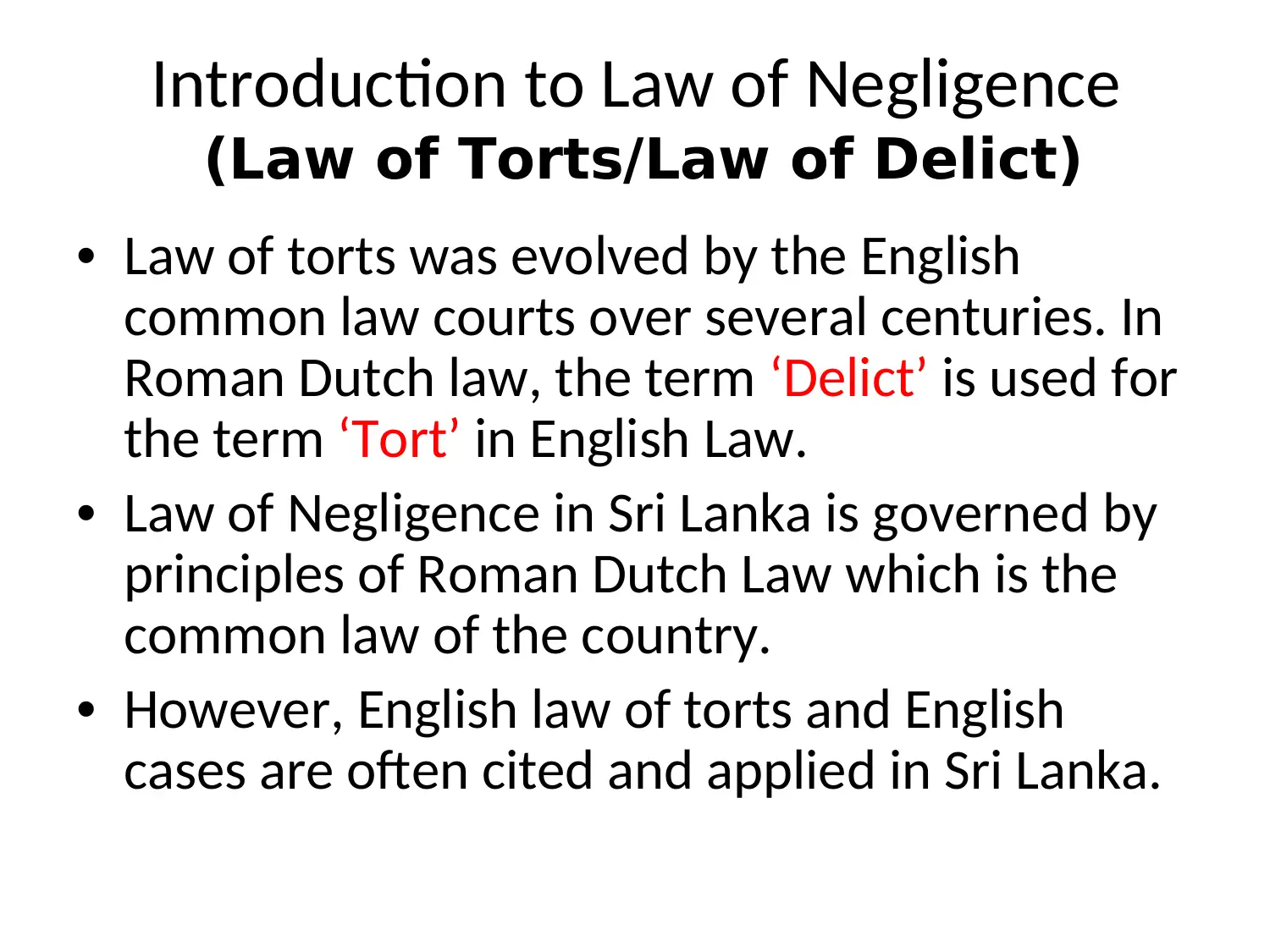
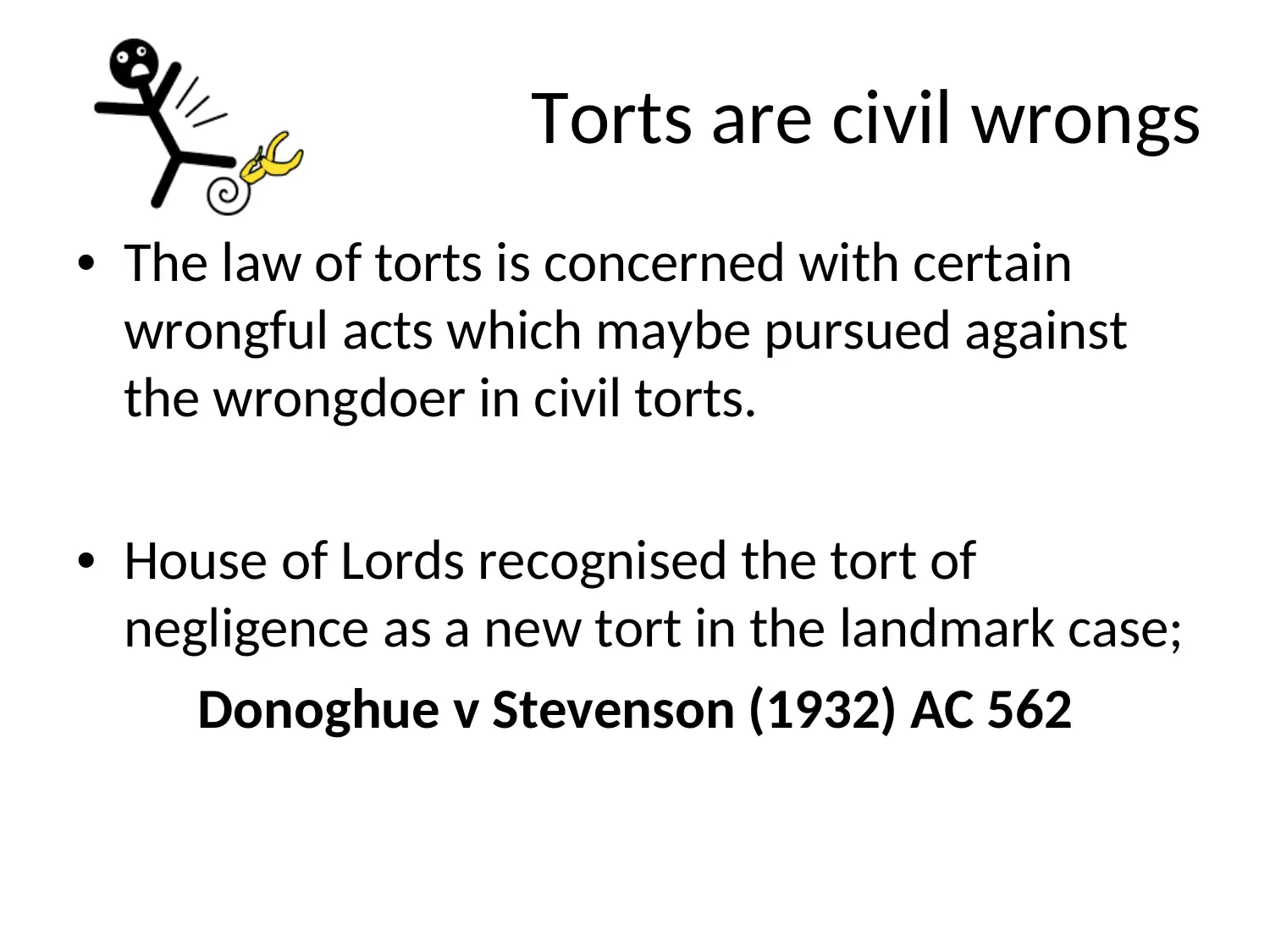
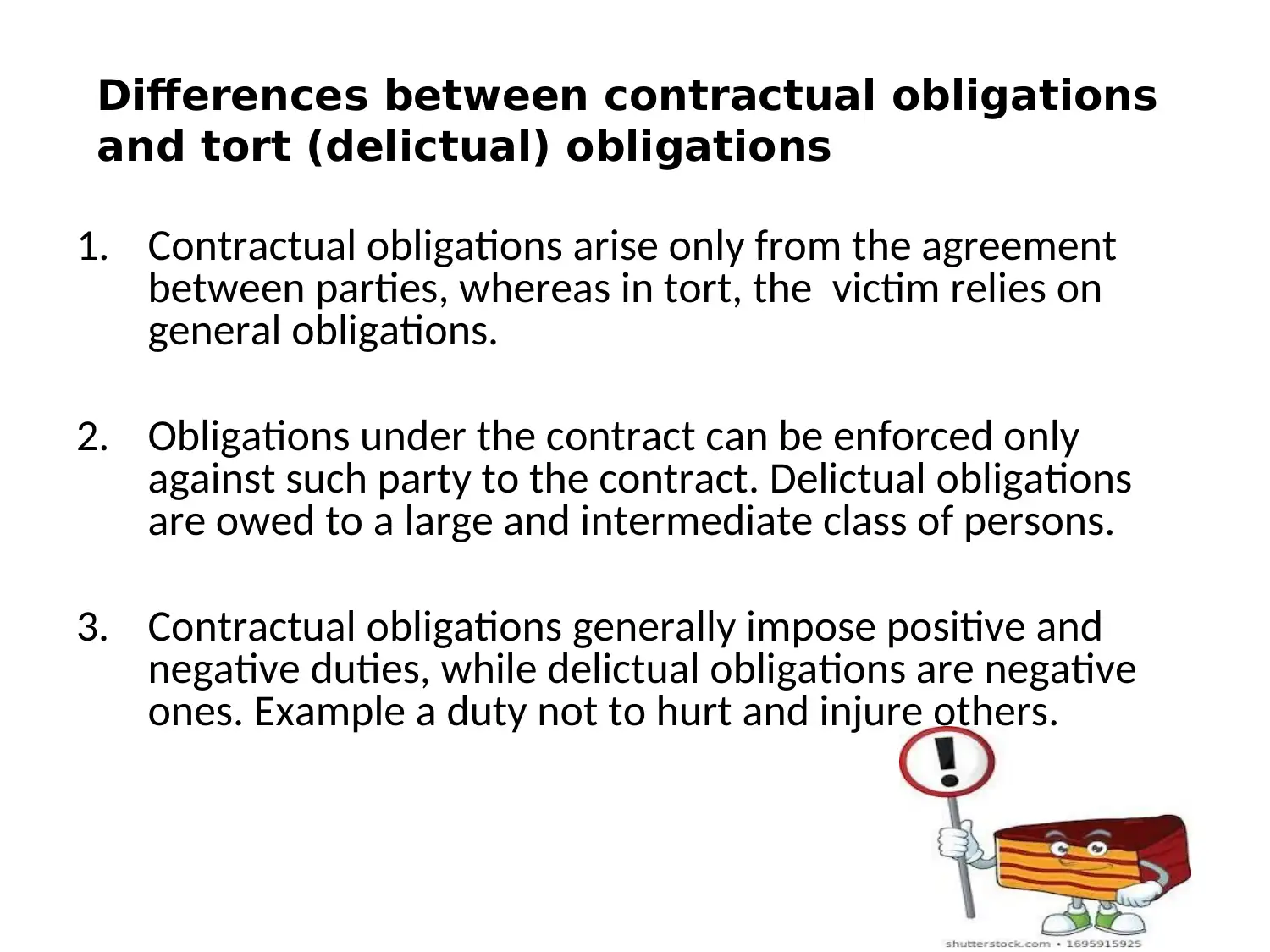
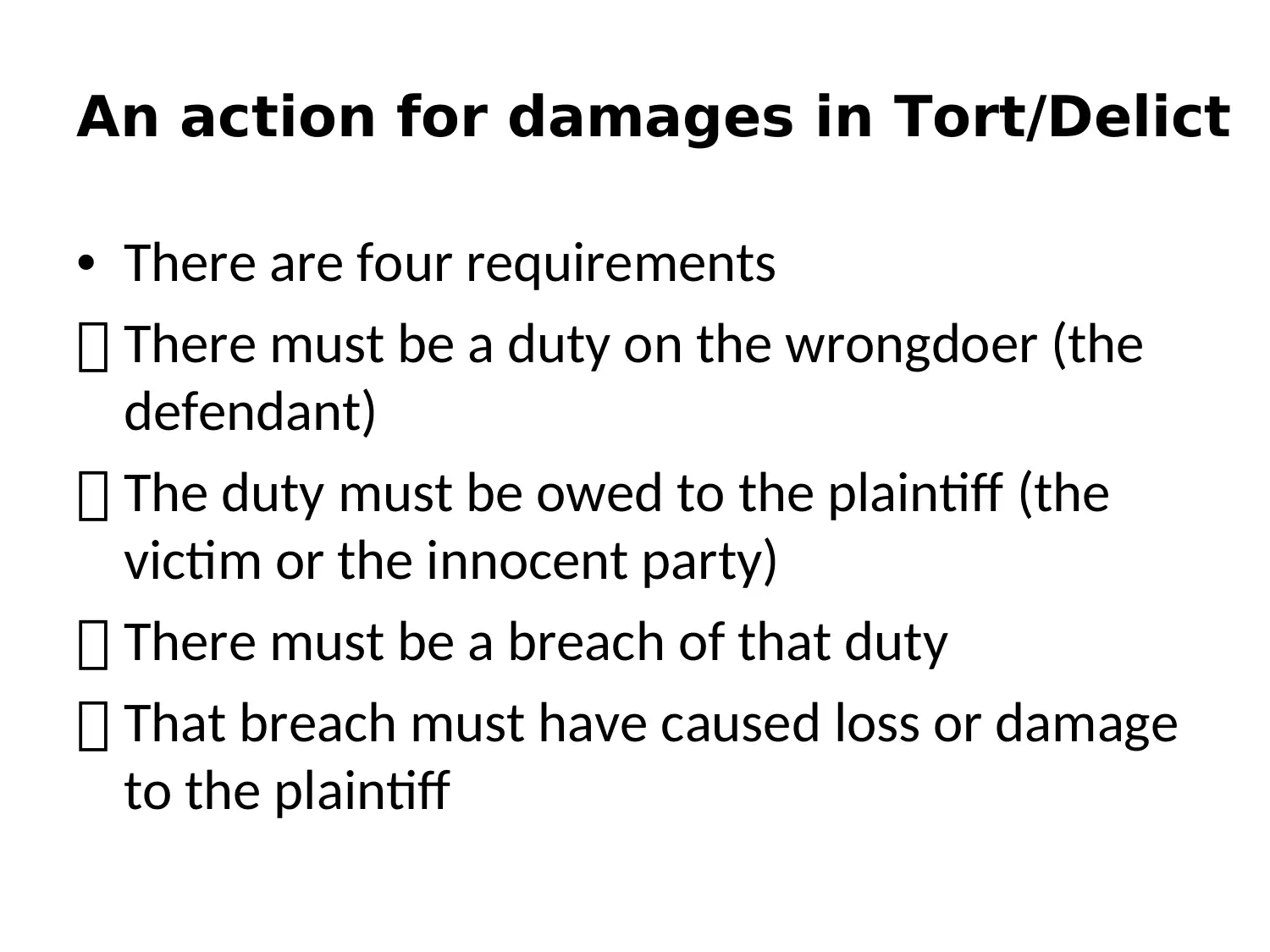
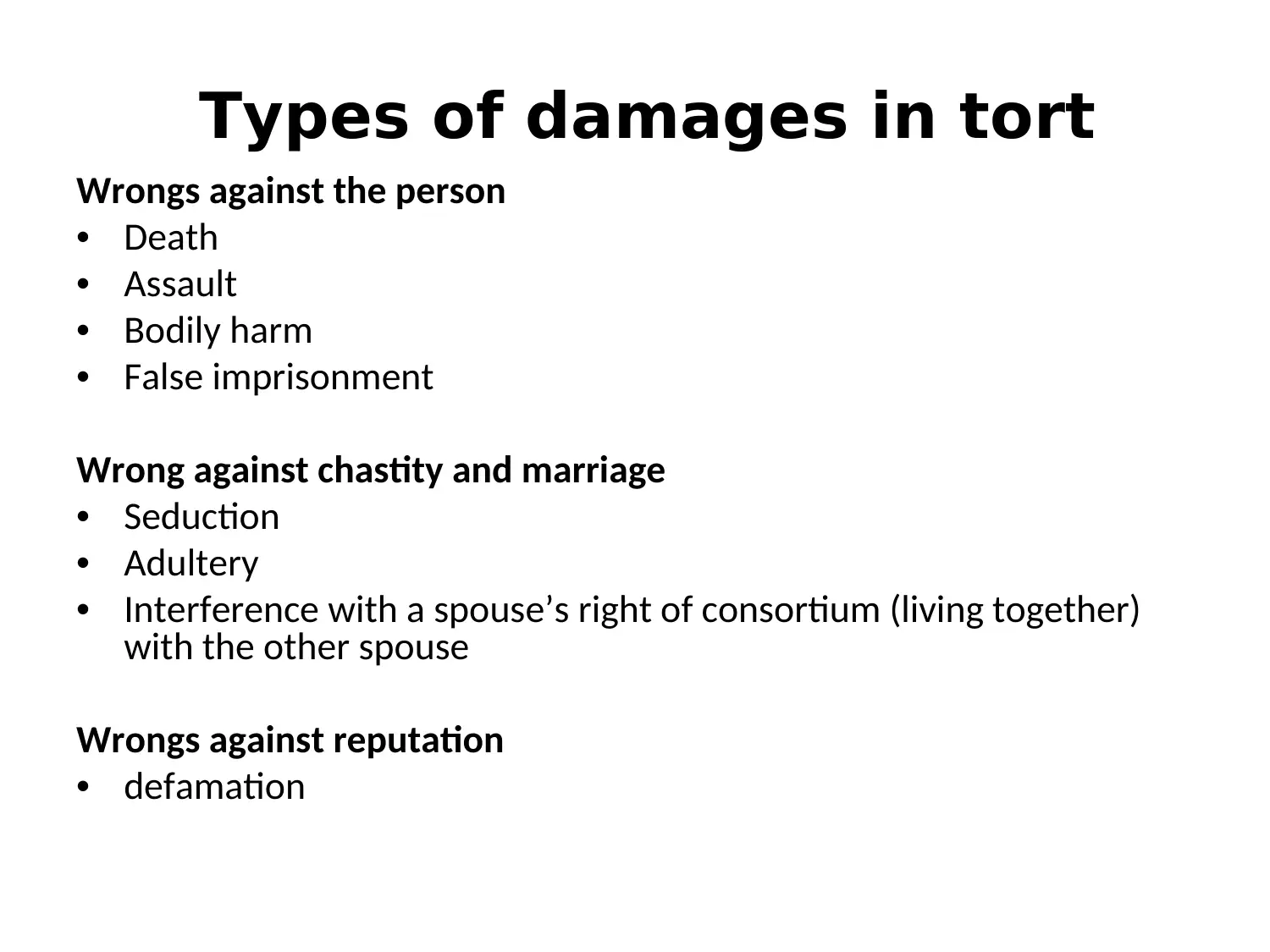
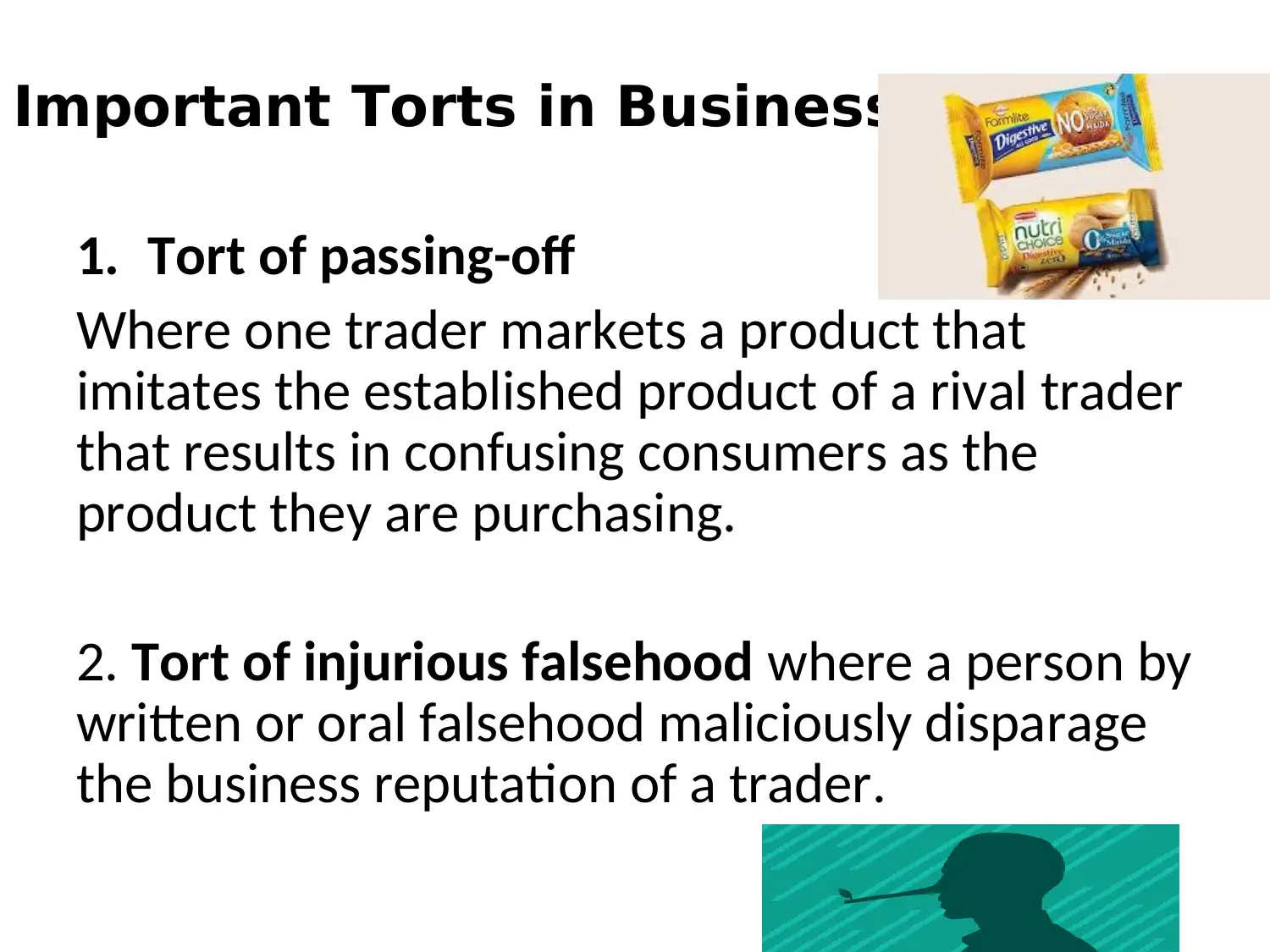
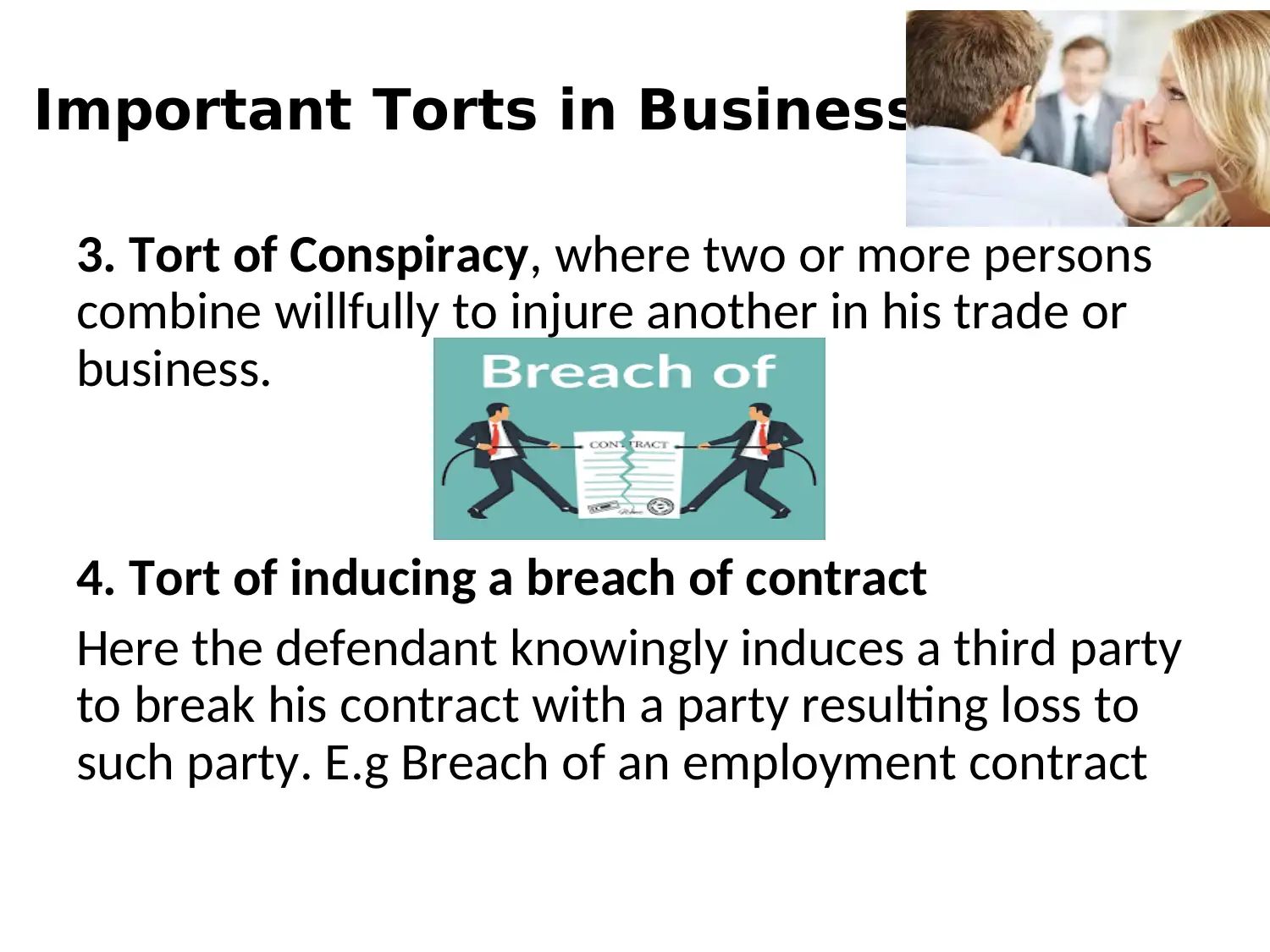






![[object Object]](/_next/static/media/star-bottom.7253800d.svg)